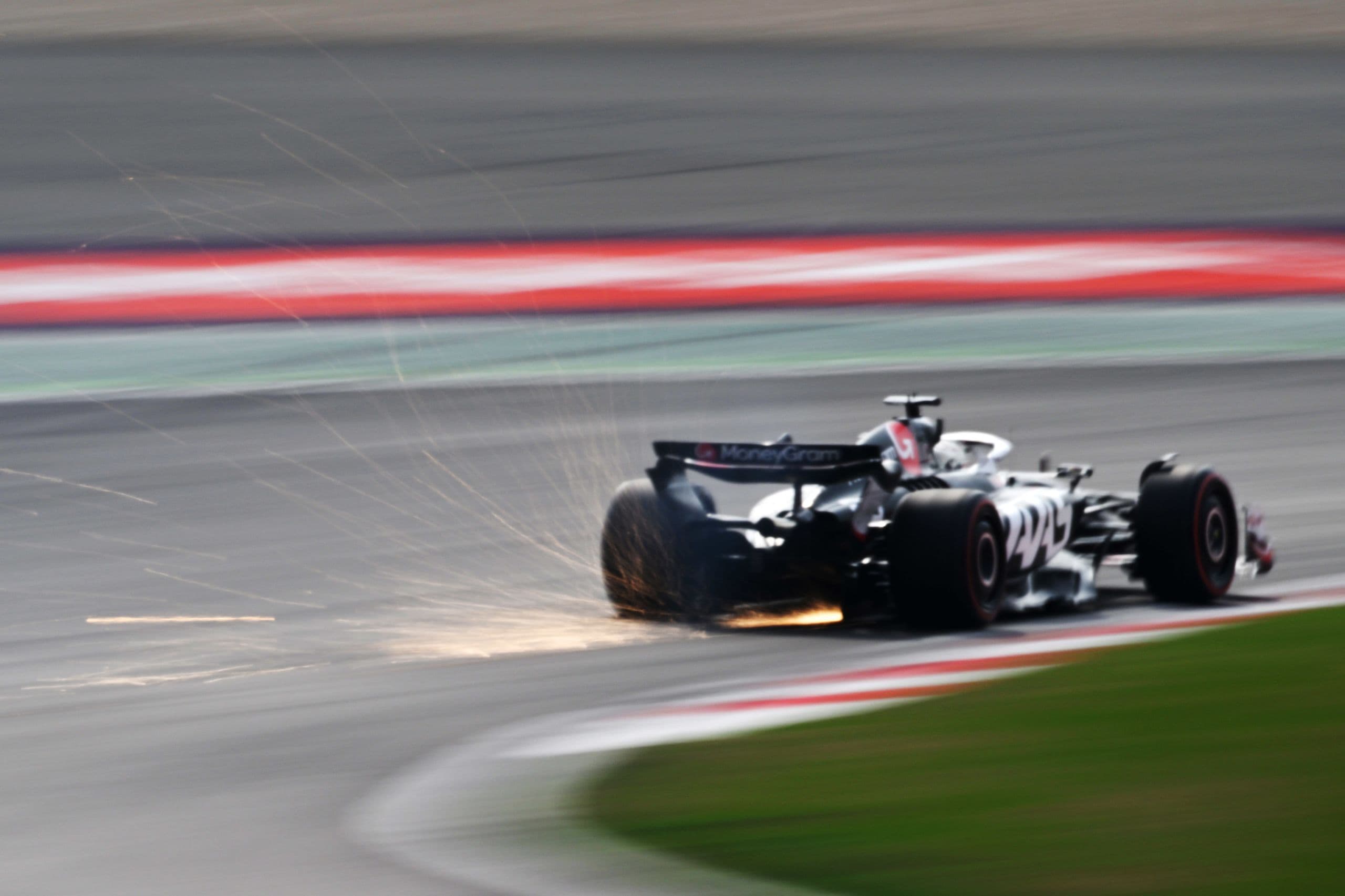F1’s First Impact Report Published Amid 2030 Net Zero Carbon Goal


In 2019, Formula 1 launched its sustainability strategy, setting out ambitious goals of achieving Net Zero Carbon by 2030, leaving a legacy of positive change wherever they race and building a more diverse and inclusive sport. Yesterday, the first Impact Report was published, covering Environmental, Social and Governance (ESG) activities, plus a calculation that shows a 13% reduction in the sport’s carbon footprint compared to 2018.
In the report, the voice of Stefano Domenicali, president and CEO of Formula 1, could be heard: “Sustainability is one of the most important factors to us not only as a sport, but as a business. It is no longer enough for us to simply deliver great action and wheel-to-wheel racing on the track, we need to ensure that we are doing so in a sustainable way so our sport can thrive long into the future.”
“F1 has been innovating and influencing wider society for over 70 years, and we’ve seen how the great minds and technology of the sport have had a positive impact in many different spaces, and now we have turned that expertise and insight to sustainability.”
“We are a global sport with over 700 million fans around the world, which gives us a great platform to create change and influence those watching and engaging with F1 to take action and leave their own positive legacy.”
“Over the past four years we have made significant progress and we remain very focused on our goals, and I’m excited to see the impact we can have.”
F1’s commitment was set according to the science from the Intergovernmental Panel on Climate Change (IPCC) and its definition of Net Zero emissions. It also follows the guidance set by the Greenhouse Gas Protocol – an internationally used accounting tool to understand, quantify and manage greenhouse gas emissions.
The report mostly covers the 2022 season, but highlights some data, activities, and progress made in 2023. Because of the COVID-19 global pandemic, 2022 is the first year comparable against the baseline of 2018. Between those years, as mentioned before, the reduction of carbon footprint was calculated to be 13%, meaning the next step is to reduce the remaining 37% to achieve the 2030 goal of cutting emissions by a minimum of 50%.
To make all this progress and changes possible, the stakeholders from all across the sport play a critical role, as well as a close collaboration with them. These include: the FIA, F1 Teams, Race Promoters, Original Engine Manufacturers, Commercial Partners, Broadcasters, Key Suppliers, Fans and many more.
In 2022, the biggest part of F1’s carbon footprint was logistics, making it 49% of the baseline footprint. To reduce this, there was a move to more efficient freighter jets and a new fleet of eighteen trucks powered by biofuel.
The structure of the calendar is also a part of logistics, and this year we’ve seen the move of the Japanese Grand Prix to its new spring date, just after Australia – which geographically makes sense and reduces the extra distances. That’s something Ellen Jones, F1’s Head of Energy, Sustainability and Governance, spoke about:
“The reason that’s important is because the calendar reflects our current freight model, which is where the majority of emissions are due to air freight that travels point to point. When you can reduce those distances, you can reduce your carbon footprint, in addition to the technological innovation that we can then support, such as biofuels and trucks, and sustainable aviation fuel in the future.”
Renewable energy sources are also a topic in Formula 1, with many events, factories, and facilities using it. To this, Jones said: “The transition to renewable energy both at home and away is really critical for us and is really driven the first 13% in terms of our reductions.”
“Within the 2022 stats, that’s driven a 56% decrease in emissions across factories and facilities. To be accounted in 2023 and beyond, you can also start to see how we’re transitioning to renewable energy outside of the UK.”
50% of promoters in 2022 used renewable energy sources to power their events, increasing it to over 75% in 2023.
“The first thing that we did when I started here about two years ago is to update contracts, you need to say what are our expectations to host a Formula 1 event. We’ve had a fantastic response to how we work with our promoters. Not just with energy at event, but a number of critical areas for us, such as local fan travel, all the way through to local community,” Jones explained.
“There are minimum delivery clauses that we have in place with our promoters. We have an annual sustainability plan and give feedback on how they’re delivering against those areas.”
“And as we hit the next stage of our sustainability strategy, those minimum standards and contracts post-2025 are getting higher again.”
Another big thing we’re nearing is the use of 100% sustainable fuel in the F1 cars in 2026. Formula 2 and Formula 3 already used 55% sustainable fuel in partnership with Aramco, leading the way.
However, the report isn’t only aimed at sustainability and environmental issues – it also focuses on the goal of making Formula 1 more diverse and inclusive. For instance, that includes the 2023 launch of F1 Academy to help talented female drivers in their journey, or scholarships for students in STEM.
So, with all this, is it possible to actually achieve the set goals? Ellen Jones has an answer for that: “We definitely are on track to hitting that target goal and the key parts of that are the outcomes of the trials and the work that you can read about in the 2023 report.”
“It is the continued uptake of alternative fuels across all parts of our operations, from the car, to the air, to the generators on site.”
“It is also that shared impact of bringing others on the journey with us. It’s one thing to have all 10 teams having a different solution when they’re in the paddock. There are much bigger savings when you have a centralised solution that people can work towards together.”
“And then the third piece of that, which probably has the longest lead time, is what do next-generation operations look like?”
“One and two are things that you will start to see this year, and you will see them accelerate. Next-generation operations will have a longer tail because there’s so much that goes into that technology.”





